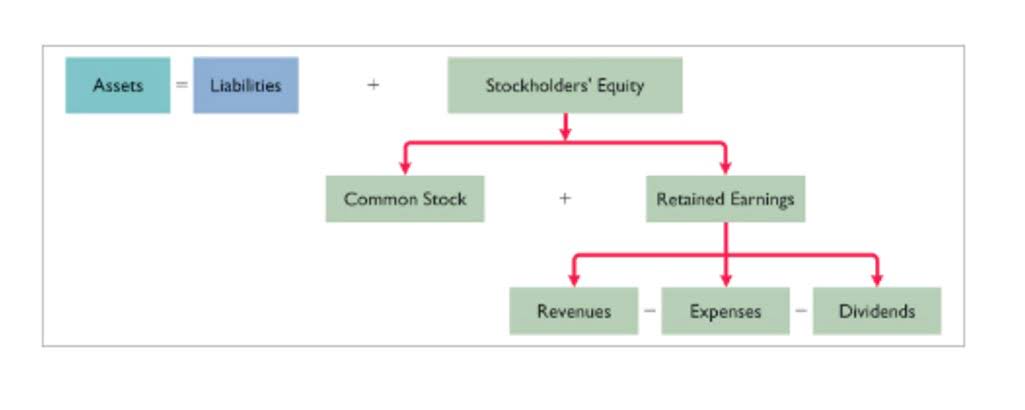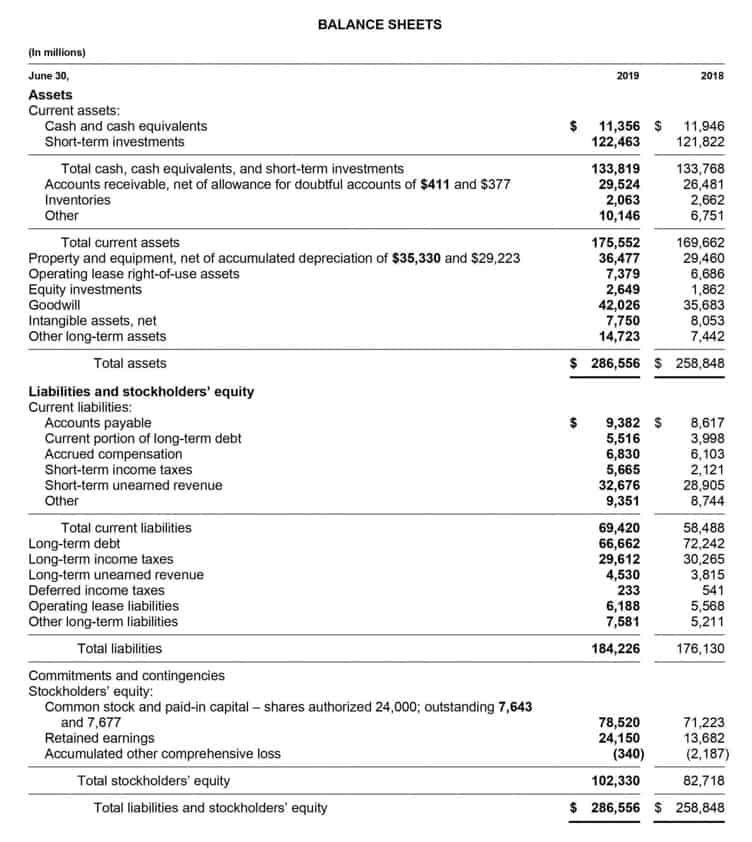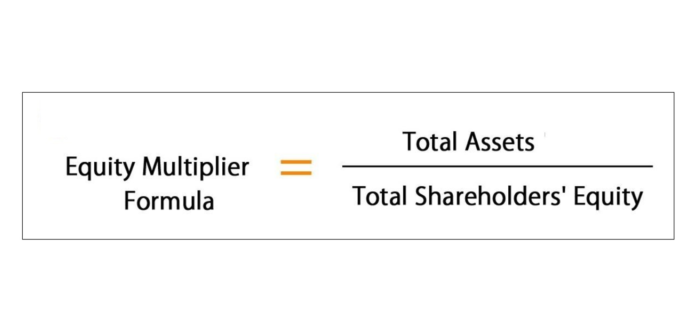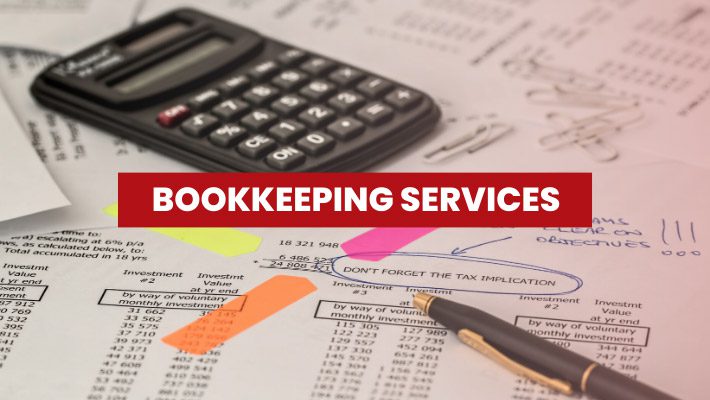
The quick ratio can be used to analyze a single company over a period of time or can be used to compare similar companies. The quick ratio has the advantage of being a more conservative estimate of how liquid a company is. Compared to other calculations that include potentially illiquid assets, the quick ratio is often a better true indicator of short-term cash capabilities. The total accounts receivable balance should be reduced by the estimated amount of uncollectible receivables.
How to find the quick ratio: Practical applications in real business scenarios
- For this reason, inventory is excluded from quick assets because it takes time to convert into cash.
- Though a company may be sitting on $1 million today, the company may not be selling a profitable product and may struggle to maintain its cash balance in the future.
- The current ratio also includes less liquid assets such as inventories and other current assets such as prepaid expenses.
- Other metrics include segmentation, customer acquisition, retention, and customer engagement.
- The quick ratio is a more conservative measure of liquidity than the current ratio, because it doesn’t include all of the items used in the current ratio.
- Though other liquidity ratios measure a company’s ability to be solvent in the short term, the quick ratio is among the most aggressive in deciding short-term liquidity capabilities.
Your profit and loss statement, balance sheet, and statement of cash flows aren’t just accounting terms—they all work together to tell the story of your business’s finances. The quick ratio compares the short-term assets of a company to its short-term liabilities to determine if the company would have adequate cash to pay off its short-term liabilities. There are also considerations to make regarding the true liquidity of accounts receivable as well as marketable securities in some situations. A company should strive to reconcile its cash balance to monthly bank statements received from its financial institutions. This cash component may include cash from foreign countries translated to a single denomination.
What Is the Quick Ratio? Definition and Formula
When you leave a comment on this article, please note that if approved, it will be publicly available and visible at the bottom of the article on this blog. For more information on how Sage uses and looks after your personal data and the data protection rights you have, please read our Privacy Policy.
The Difference Between the Quick Ratio and the Current Ratio
- Creditors may use your quick ratio as one way to evaluate your creditworthiness.
- The quick ratio is an indicator of a company’s short-term liquidity position and measures a company’s ability to meet its short-term obligations with its most liquid assets.
- Keeping tabs on your company’s financial health helps you stay on track and continue growing.
- The quick ratio, often referred to as the “acid test ratio,” is a liquidity metric used to gauge a company’s capacity to pay its short-term obligations using its most liquid assets.
At Finance Strategists, we partner with financial experts to ensure the accuracy of our financial content. Also, if there are other businesses that may be affected in case of bankruptcy, then this could impact whether any claims would be paid back in full or just partially. The same is true for contingent liabilities such as tax filings and litigation matters.
- You calculate the quick ratio by adding up all the current assets and dividing them by the current liabilities.
- The quick ratio, current ratio, and cash ratio can all be used to measure this kind of financial health.
- The quick ratio is ideal for short-term creditors who want to know how quickly they will be paid back if the company were to go bankrupt.
- Which of the items above will be included in the quick ratio calculation?
- Often referred to as the ‘Acid-Test Ratio,’ this metric offers insights into a company’s ability to meet short-term obligations.
“It’s the company’s ability to pay debt due soon with assets that quickly convert to cash. You can use the quick ratio to determine a company’s overall financial health.” It is a measure of whether the company can pay its short-term obligations with its cash or cash-like assets quick ratio is another commonly used term for the on hand. Both the quick ratio and current ratio measure a company’s short-term liquidity, or its ability to generate enough cash to pay off all debts should they become due at once. Although they’re both measures of a company’s financial health, they’re slightly different.
Quick assets refer to assets that can be converted to cash within one year (or the operating cycle, whichever is longer). In a publication by the American Institute of Certified Public Accountants (AICPA), digital assets such as cryptocurrency or digital tokens may not be reported as cash or cash equivalents. A high ratio may indicate that the company is sitting on a large surplus of cash that could be better utilized. For example, the company could invest that money or use it to explore new markets.
Quick ratio vs. cash ratio

A company with a high quick ratio can meet its current obligations and still have some liquid assets remaining. It’s a vital tool that helps us understand a company’s short-term liquidity—basically, how well a business can meet its short-term https://www.bookstime.com/ obligations. Whether a company has to pay back a loan or settle an invoice from a supplier, its quick ratio can reveal if it’s equipped to do so. This measure does not provide any indication of a company’s future cash flow activities.
Create a Free Account and Ask Any Financial Question
The lower the ratio gets, the more the company leans on inventory and similar assets to cover liabilities, which can cause a financial crunch if sales slow. But if you have a high quick ratio, it can also show that you’re holding onto reserves that may be better used as investments into your business. Keeping tabs on your company’s financial health helps you stay on track and continue growing. One way to do that is by calculating your quick ratio, which is a commonly used financial ratio that gives you a quick look at your short-term liquidity. The quick ratio, also known as the acid-test ratio, is your ability to pay your bills from cash or from assets that you can convert to cash fast. Creditors may use your quick ratio as one way to evaluate your creditworthiness.

Today, we’re focusing on one of the most essential of those calculations—the quick ratio. Known for its ability to provide insights into a company’s short-term liquidity, the quick ratio plays a crucial role in assessing a business’s financial health. It indicates if a business can meet its current obligations without experiencing financial strain. For investors, this is invaluable information when considering a potential investment. To calculate the current ratio, add up all of your firm’s current assets and divide them with the total current liabilities.









